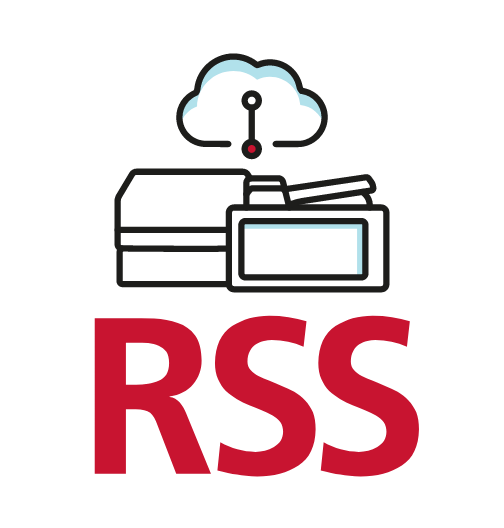
How to build a business continuity plan for improved decision-making
Organizations in Latin America must have a plan supported by technology as a great ally to give continuity to their businesses. One of the first steps to achieve this is to empower a truly digital and mobile workforce in order to be productive from anywhere, device, and safely.
Today more than ever, organizations in Latin America should see technology as a great ally to further develop their businesses. One of the first steps to achieve this is enabling a truly digital and mobile workforce to boost productivity safely from any location and device. To accomplish this, they should be able to collaborate effectively with colleagues, clients, and partners while having access to the cloud to store and share. For organizations, it involves data-centric storage, a full audit trail, and data encryption. In the end, the goal is to enhance the connection between companies, people, and technology to maximize the benefits of new remote and flexible work models. In Ricoh, we have “Workplace Collaboration” technology to help organizations from any sector, including vertical health and educational organizations, so they can rely on a collaborative environment where everybody can see, meet, and collaborate dynamically and interactively.
The second step is to have a continuity or disaster recovery plan. The fact is that many companies today would stop operations without the essential documents, data, and loggings on which they rely to conduct daily business. An optimal plan is first based on identifying the priorities related to business information:
Recovery Point Objective (RPO): What data does your company need to recover as soon as possible to continue or resume operations? It is important to realize that most data are likely to be older, even when stored, and not immediately necessary.
Recovery Time Objective (RTO): How quickly do you need to recover access to your RPO? In a day? Two hours? Ten minutes? Even less?
By implementing data backups, data recovery, and protection, do not forget about the applications that use the information and the computers in which they run. As regards the devices, it is convenient to assess IT solutions that enable you to virtualize, hos,t and run critical business applications.
And, what about paper documents? The most advanced IT system in the world will not be useful if your company loses the paper records needed to carry on business effectively.
For example, imagine if your account team did not have access to all financial registers or accounts payable/receivable. To take advantage of an effective business continuity plan, you should acknowledge what you need to back up to keep your business operational. Fortunately, it is not highly complicated to convert paper documents into digital format nowadays. Digitalization delivers additional benefits that go beyond security. Digital workflows are a key element for the productivity of a mobile workforce.
Also, responding to contingencies requires an approach that extends beyond the IT area:
Do you have key telephone number lists and e-mail accounts of employees, external providers, and clients?
Do you have policies and procedures to notify clients and partners when an incident is likely to affect them directly?
Do you have a clear data protection and disaster recovery plan to know how to proceed in the case of a disruption? Have the employees been trained for their roles?
Now more than ever, we should bear in mind that we are immersed in a digital age where information has become the new oil. Therefore, having a business continuity plan based on appropriate data management allows leaders to make improved decisions for the well-being and productivity of collaborators, to make processes more agile and to be prepared for the future.





